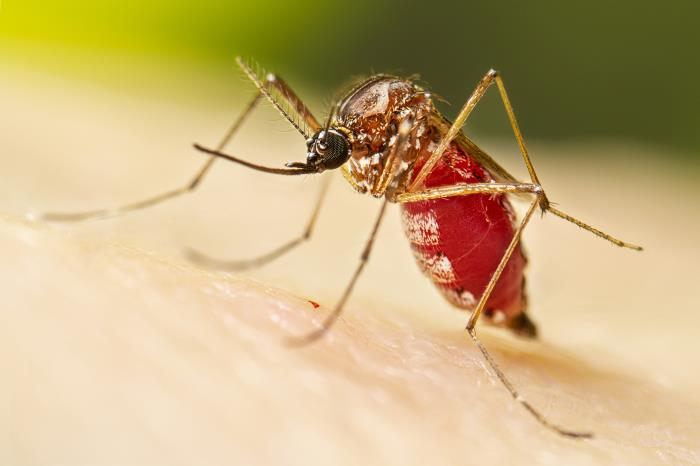Published: 02/04/2025
By Dr. Izabela Mauricio de Rezende, Ph.D
Research Scientist, Stanford University School of Medicine, Department of Pediatrics Infectious Diseases
Yellow fever, a viral disease spread by mosquitoes, has troubled communities for centuries. While a safe and effective vaccine (17DD) has existed since 1936, the virus continues to pose a significant public health threat. Although historically confined to remote areas, recent outbreaks have dramatically demonstrated the virus’s potential for widespread devastation.
One of the most alarming examples is the 2016-2018 outbreak in Brazil, the largest in decades. This resurgence resulted in over 2,000 cases and tragically claimed more than 750 lives, primarily in the southeastern region of the country.
The state of Minas Gerais bore a particularly heavy burden, accounting for nearly half of all cases. Within Minas Gerais, the Hospital Eduardo de Menezes served as the main referral center for yellow fever patients in Belo Horizonte, managing about 30% of the state’s total cases. Previous research during this outbreak had identified factors such as older age, elevated neutrophil counts, increased AST levels (a liver enzyme), and higher viral loads as being associated with mortality in intensive care unit patients.
A new study published in Frontiers in Medicine sheds further light on the risk factors associated with severe yellow fever and in-hospital mortality during this critical period. The LaBeaud Lab at Stanford University, in collaboration with researchers from the Federal University of Minas Gerais, the Oswaldo Cruz Foundation/Rene-Rachou Institute, and the Eduardo de Menezes Hospital, analyzed data from over 280 patients admitted to HEM during the 2017-2018 outbreak.
This collaborative effort combined the strengths of researchers in Brazil, who collected patient data and samples, performed diagnostics, and conducted laboratory tests, with the analytical expertise of the Stanford team, who focused on the social and epidemiological data to identify risk factors for severe disease.
Our findings reveal that several factors readily available upon hospital admission are significantly associated with death before discharge. These include:
- AST levels
- INR (a measure of blood clotting)
- Lactate levels (an indicator of tissue oxygenation)
- White blood cell count
- Age
Critically, we also identified a high initial viral load (above 4.45 log10 copies/mL) as a strong predictor of mortality. These results provide valuable information for clinicians managing yellow fever patients, potentially aiding in early identification of those at the highest risk.
This study underscores the importance of multidisciplinary collaboration in confronting infectious disease challenges. Our team has published over ten manuscripts related to the Brazilian yellow fever outbreak, uncovering new insights into the clinical aspects of the disease, immune responses, treatment approaches, and diagnostic methods. By working together, we can better understand and combat the persistent threat of yellow fever and other emerging infectious diseases.
Learn more
Read the publication and visit our website here: Yellow Fever Research and Response Collaborative Group

